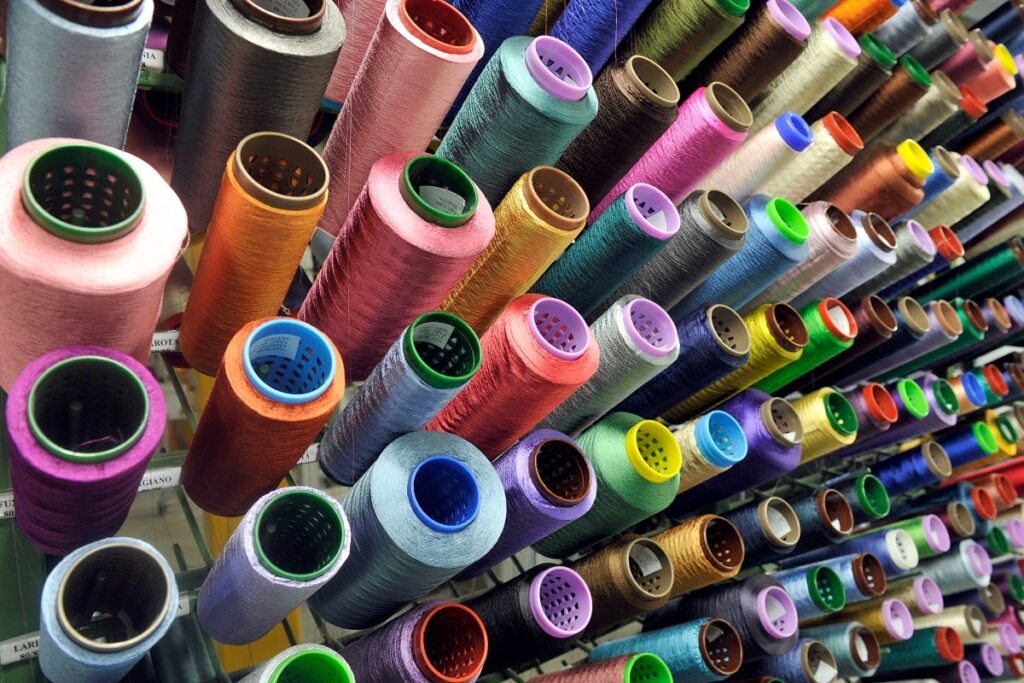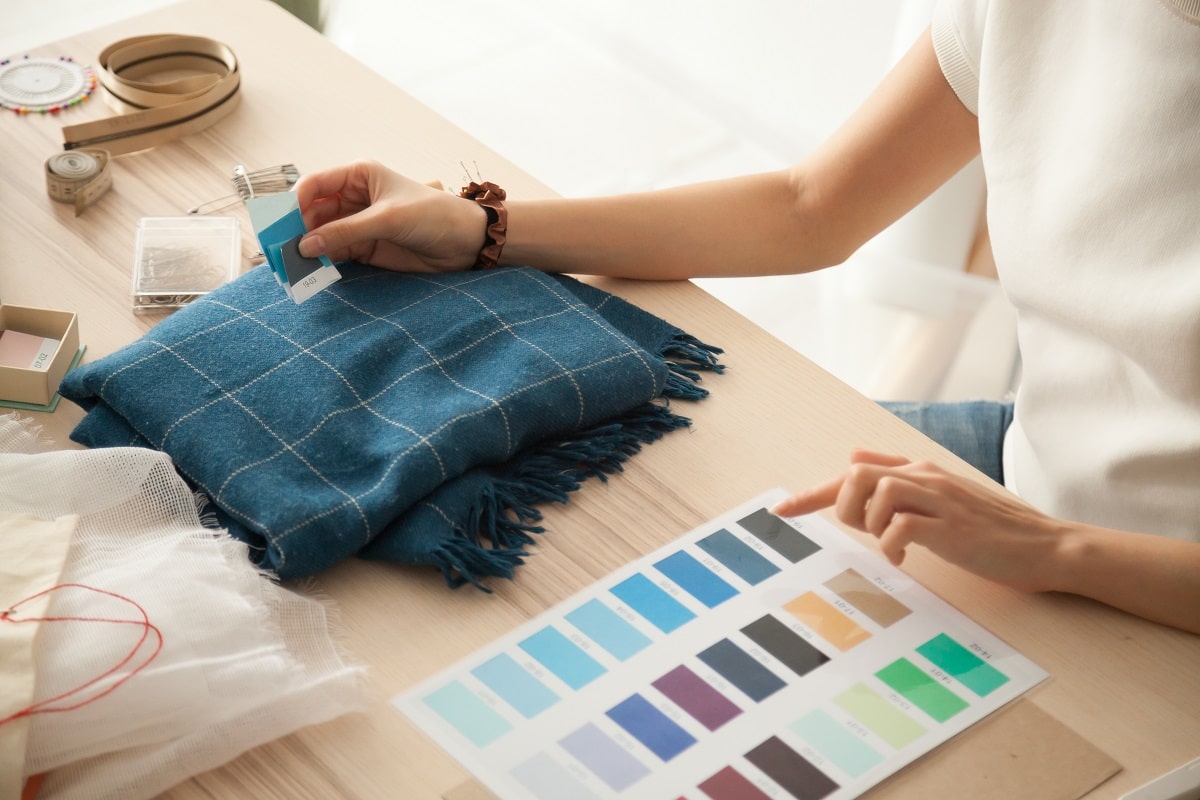In today’s rapidly evolving fashion industry, the demand for sustainable practices has never been higher. As consumers become more environmentally conscious, the focus on eco-friendly textiles has grown significantly. From organic cotton to recycled polyester, designers and manufacturers are exploring innovative ways to reduce the environmental impact of the fashion supply chain.
What are Eco-Friendly Textiles?
One of the key aspects of sustainable fashion is the use of eco-friendly textiles. These materials are produced using environmentally friendly processes that minimize water consumption, reduce chemical usage, and promote ethical practices throughout the production cycle. By choosing eco-friendly textiles, fashion brands can not only reduce their carbon footprint but also appeal to a growing market of eco-conscious consumers.
Organic Cotton
Organic cotton is one of the most popular eco-friendly textiles in the fashion industry. Unlike conventional cotton, which is grown using synthetic pesticides and fertilizers, organic cotton is cultivated using natural methods that promote soil health and biodiversity. By opting for organic cotton, fashion designers can create garments that are free from harmful chemicals and pesticides, making them safer for both the wearer and the environment.
Tencel
Another sustainable textile gaining popularity is Tencel, a fiber made from sustainably sourced wood pulp. Tencel production involves a closed-loop process that recycles water and solvents, making it a more environmentally friendly alternative to traditional fibers. Tencel is known for its softness, breathability, and biodegradability, making it a versatile choice for a wide range of apparel and textile products.
Recycled Polyester
Recycled polyester is another eco-friendly textile that is making waves in the fashion industry. By repurposing post-consumer plastic bottles and other waste materials, recycled polyester helps reduce the amount of plastic ending up in landfills and oceans. This innovative material offers the same performance and durability as virgin polyester, making it a sustainable choice for activewear, outerwear, and accessories.
Hemp
Hemp is a versatile and sustainable textile that has been used for thousands of years. Hemp cultivation requires minimal water and pesticides, making it a more sustainable option compared to conventional crops like cotton. Hemp fibers are known for their strength, breathability, and antimicrobial properties, making them ideal for a wide range of applications, from apparel to home textiles.
Linen
Linen is another eco-friendly textile that has been prized for its natural beauty and durability. Made from the flax plant, linen is biodegradable, breathable, and naturally moisture-wicking, making it a popular choice for warm-weather garments. Linen production is relatively low-impact, requiring fewer resources compared to other natural fibers like cotton, making it a sustainable choice for environmentally conscious designers.
Bamboo
Bamboo is a fast-growing plant that can be processed into a soft and luxurious textile. Bamboo fibers are naturally antibacterial, moisture-wicking, and biodegradable, making them a popular choice for sustainable fashion brands. However, the production of bamboo textiles can vary in terms of environmental impact, depending on the processing methods used. Opting for bamboo textiles produced using closed-loop processes can help minimize the environmental footprint of this versatile material.
Soy Silk
Soy silk, also known as soybean fiber, is a sustainable alternative to traditional silk made from soybean byproducts. Soy silk is known for its softness, smooth texture, and moisture-wicking properties, making it a popular choice for lingerie, loungewear, and other apparel items. By using soy silk, designers can create luxurious garments without the environmental impact associated with traditional silk production.
Econyl
Econyl is a regenerated nylon fiber made from recycled materials such as fishing nets, fabric scraps, and industrial plastic waste. Econyl production helps reduce the amount of plastic pollution in oceans and landfills while creating a durable and high-performance textile suitable for swimwear, activewear, and accessories. By choosing Econyl, fashion brands can support the circular economy and promote sustainability in the fashion industry.
Pinatex
Pinatex is a sustainable alternative to leather made from pineapple leaf fibers. This innovative material offers a cruelty-free and eco-friendly option for designers looking to create stylish and sustainable accessories. Pinatex is biodegradable, lightweight, and durable, making it a versatile choice for handbags, shoes, and other leather-like products. By using Pinatex, fashion brands can reduce their environmental impact and support ethical and sustainable practices in the industry.
The Future of Sustainable Textiles in Fashion
In the fast-paced world of fashion, staying ahead of trends and technologies is crucial for success. As the demand for sustainable and eco-friendly textiles continues to rise, fashion professionals need to adapt to meet the needs of environmentally conscious consumers. By embracing eco-friendly textiles and sustainable practices, designers, manufacturers, and retailers can not only reduce their environmental impact but also drive positive change in the fashion industry.
Conclusion
The future of fashion lies in sustainability, and eco-friendly textiles are at the forefront of this movement. By incorporating these innovative materials into their designs, fashion professionals can create stylish, high-quality products that resonate with consumers who care about the planet. Whether it’s organic cotton, Tencel, recycled polyester, or any other sustainable textile, the possibilities are endless when it comes to creating a more sustainable and ethical fashion industry.
Key Takeaways:
- The shift toward eco-friendly textiles reflects growing consumer demand for sustainability and environmental responsibility in fashion.
- Sustainable fabrics help reduce pollution, conserve resources, and minimize waste across the production cycle.
- Innovation and technology play a vital role in developing new materials like recycled fibers and plant-based textiles.
- Choosing eco-friendly textiles allows brands to balance style with sustainability, appealing to conscious consumers.
- Transparency in sourcing and production builds trust and accountability between brands and buyers.
- Circular economy practices, such as recycling and upcycling materials, are becoming key to modern textile production.
- Designers and manufacturers must adapt to sustainable methods to remain competitive in a changing industry.
- The future of fashion depends on collaboration between creativity and responsibility, driving both ethical and aesthetic progress.
To further enhance your expertise in sustainable fashion and eco-friendly textiles, consider exploring the Parsons Fashion Industry Essentials online course and certificate program offered by Yellowbrick. This program can provide you with valuable insights and knowledge to excel in the ever-evolving world of sustainable fashion and make a positive impact on the industry.








